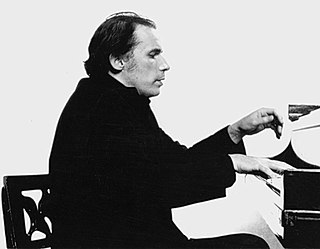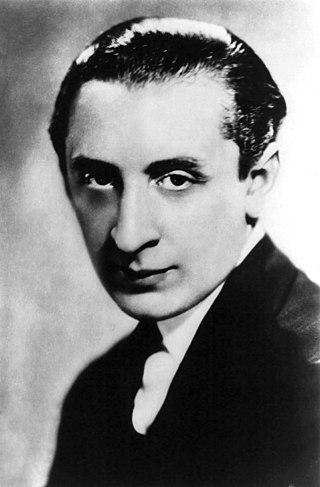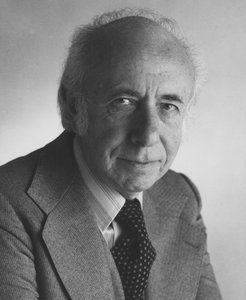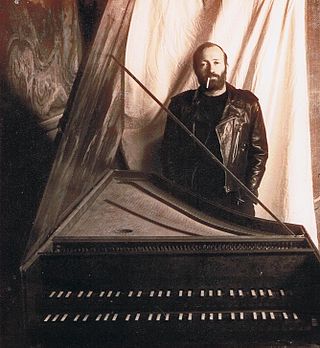
Sonata, in music, literally means a piece played as opposed to a cantata, a piece sung. The term evolved through the history of music, designating a variety of forms until the Classical era, when it took on increasing importance. Sonata is a vague term, with varying meanings depending on the context and time period. By the early 19th century, it came to represent a principle of composing large-scale works. It was applied to most instrumental genres and regarded—alongside the fugue—as one of two fundamental methods of organizing, interpreting and analyzing concert music. Though the musical style of sonatas has changed since the Classical era, most 20th- and 21st-century sonatas still maintain the same structure.

The term string quartet refers to either a type of musical composition or a group of four people who play them. Many composers from the mid-18th century onwards wrote string quartets. The associated musical ensemble consists of two violinists, a violist, and a cellist. The double bass is almost never used in the ensemble mainly because it would sound too loud and heavy.

Glenn Herbert Gould was a Canadian classical pianist. He was among the most famous and celebrated pianists of the 20th century, renowned as an interpreter of the keyboard works of Johann Sebastian Bach. His playing was distinguished by remarkable technical proficiency and a capacity to articulate the contrapuntal texture of Bach's music.
Sonata form is a musical structure generally consisting of three main sections: an exposition, a development, and a recapitulation. It has been used widely since the middle of the 18th century.

Vladimir Samoylovich Horowitz was a Russian and American pianist. Considered one of the greatest pianists of all time, he was known for his virtuoso technique, timbre, and the public excitement engendered by his playing.
The 26th Annual Grammy Awards were held on February 28, 1984, at Shrine Auditorium, Los Angeles, and were broadcast live on American television. They recognized accomplishments by musicians from the year 1983. Michael Jackson, who had been recovering from scalp burns sustained due to an accident that occurred during the filming of a Pepsi commercial, won a record eight awards during the show. It is notable for garnering the largest Grammy Award television audience ever with 51.67 million viewers.
Sonata rondo form is a musical form often used during the Classical and Romantic music eras. As the name implies, it is a blend of sonata and rondo forms.

Morton Gould was an American composer, conductor, arranger, and pianist.

Scott Ross was a United States-born harpsichordist who lived in France and Canada for many years. His recordings include the first complete recording by a single performer of the 555 harpsichord sonatas of Domenico Scarlatti.

Ivo Pogorelić is a Croatian pianist. He is known for his sometimes unorthodox interpretations, which have brought him a sizable following and both praise and criticism from musical experts. A musician of wide repertoire, his recordings include works by a variety of composers from the early 18th through 20th centuries.
F minor is a minor scale based on F, consisting of the pitches F, G, A♭, B♭, C, D♭, and E♭. Its key signature consists of four flats. Its relative major is A-flat major and its parallel major is F major. Its enharmonic equivalent, E-sharp minor, has six single sharps and the double sharp F, which makes it impractical to use.

Ludwig van Beethoven's Piano Concerto No. 1 in C major, Op. 15, was written in 1795, then revised in 1800. It was possibly first performed by Beethoven at his first public concert in Vienna on 29 March 1795. It was first published in 1801 in Vienna with dedication to his pupil Princess Anna Louise Barbara Odescalchi, known to her friends as "Babette".

The Piano Sonata No. 31 in A♭ major, Op. 110, by Ludwig van Beethoven was composed in 1821 and published in 1822. It is the middle piano sonata in the group of three that he wrote between 1820 and 1822, and is the penultimate of his piano sonatas. Though the sonata was commissioned in 1820, Beethoven did not begin work on Op. 110 until the latter half of 1821, and final revisions were completed in early 1822. The delay was due to factors such as Beethoven's work on the Missa solemnis and his deteriorating health. The original edition was published by Schlesinger in Paris and Berlin in 1822 without dedication, and an English edition was published by Muzio Clementi in 1823.
The Juno Awards of 1983, representing Canadian music industry achievements of the previous year, were awarded on 5 April 1983 in Toronto at a ceremony hosted by Burton Cummings and Alan Thicke at the Harbour Castle Hilton in the Metropolitan Ballroom.
Alexander Scriabin's Prelude, Op. 49, No. 2 is the second of his Trois Morceaux Op. 49, which were written in 1905. It is notated in F major, 3/4 measure, with a speed of 69 per quarter note, and lasts for 23 measures. It should be expressed Bruscamente irato.
The Piano Sonata in E minor, Hob. XVI/34, L. 53, was written in the late 1770s by Joseph Haydn and published in London around 1783 by Beardmore & Birchall.
The Piano Sonata in D major, Hob. XVI/33, L. 34, was written in possibly 1777 by Joseph Haydn.

The Piano Sonata in B minor, Op.5, was written by Richard Strauss in 1880–81. The Sonata is in the Romantic style of his teenage years. The first recording of the piece was the last recording made by the Canadian pianist Glenn Gould.

The Sonata in C minor is a keyboard sonata composed by Joseph Haydn in 1771. It is also referred to as a piano sonata. The three-movement work was published by Artaria in 1780 in a set of six sonatas dedicated to the sisters Katharina and Marianna Auenbrugger.

The Mozart Piano Sonatas, Vol. 4 is a 1973 album by the Canadian classical pianist Glenn Gould. It was Gould's fourth album of five dedicated to Mozart's piano sonatas. It includes the Sonata No. 11 In A Major, K. 331; Sonata No. 16 In C Major, K. 545; Fantasia No. 3 in D Minor, K. 397; and Sonata No. 15 in F Major, K. 533/K. 494.












